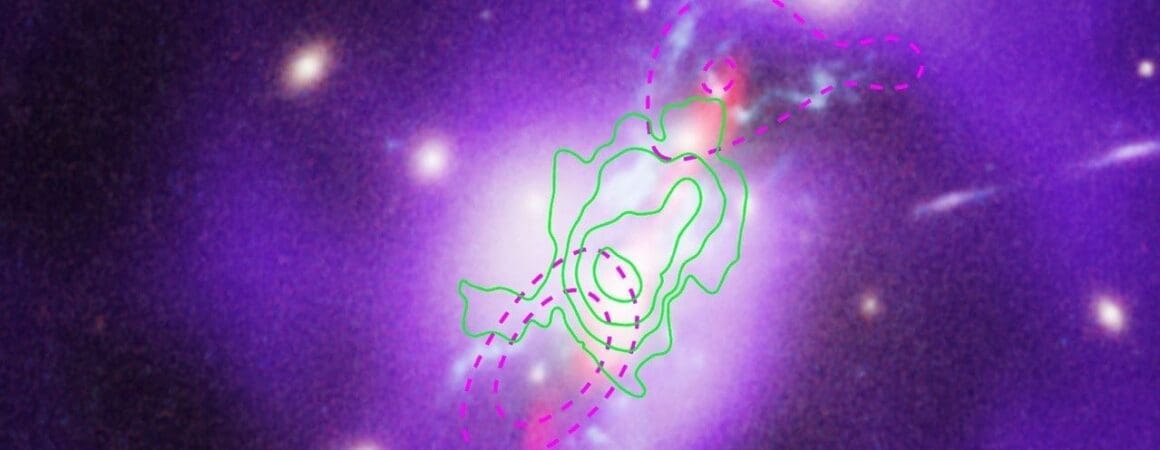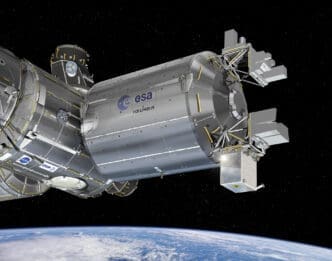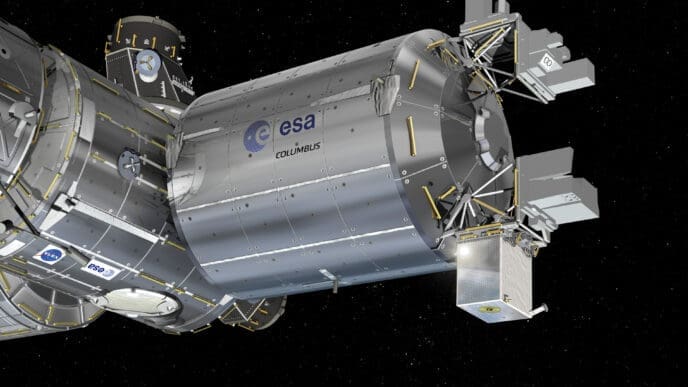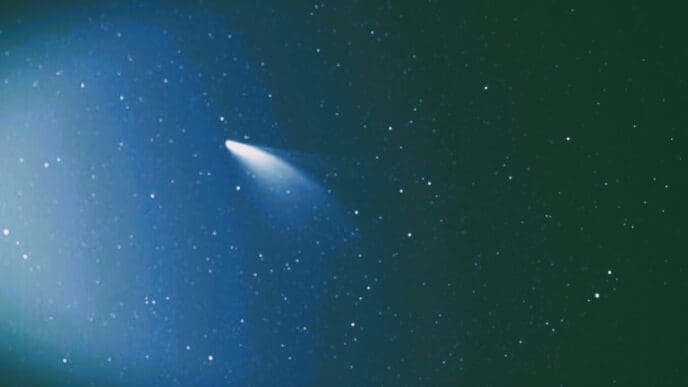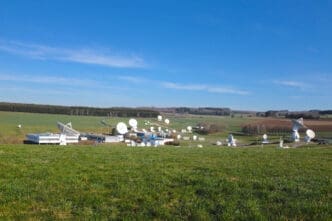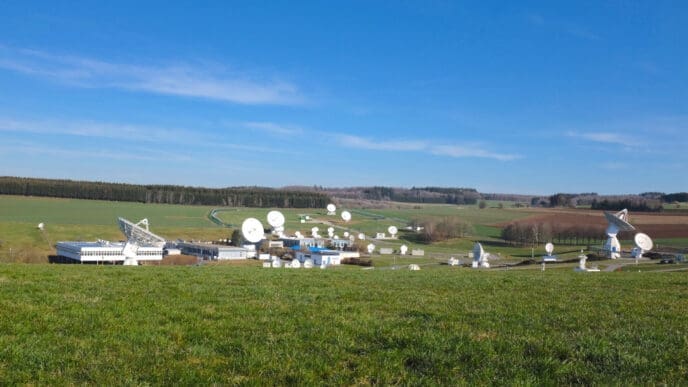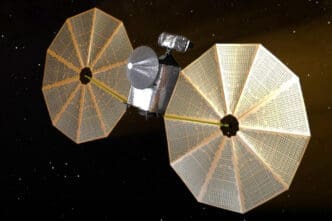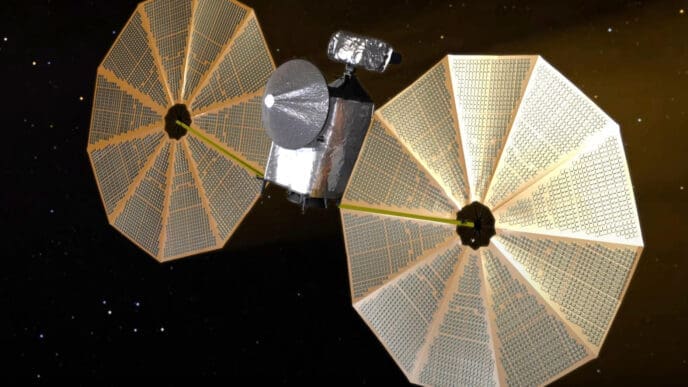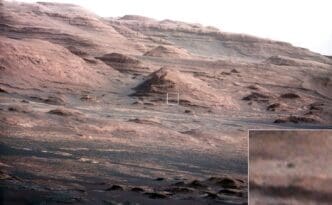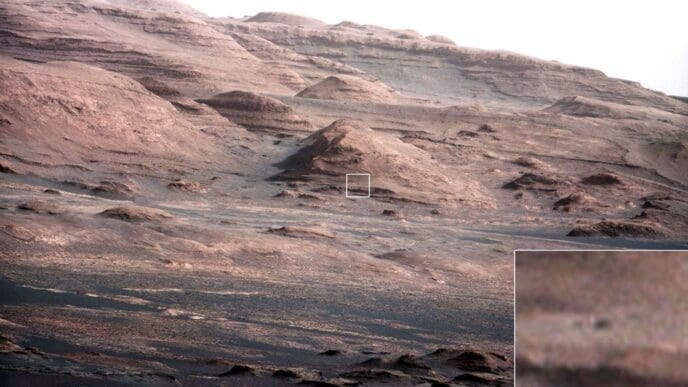Ever wondered how galaxies come together to form stars? NASA’s James Webb Space Telescope has painted a vibrant picture. By studying the Phoenix galaxy cluster, which is 5.8 billion light-years away, Webb unveiled secrets of furious star-making, confirming a long-suspected theory. It’s a celestial masterpiece combining insights from earlier NASA missions, including Hubble and Chandra.
A Closer Look at the Phoenix Cluster
The Phoenix galaxy cluster is not just any ordinary group of galaxies. It’s a cosmic spectacle, a whopping 5.8 billion light-years from Earth. What intrigues scientists is the extreme cooling of gas paired with a hyperactive star formation rate. At its center lies a black hole with the mass of 10 billion suns—that’s mind-blowing! Usually, such black holes keep gas too hot to form stars, but the Phoenix cluster is full of surprises.
Many astronomers have been scratching their heads trying to understand how the gas here manages to cool and create new stars so efficiently. The Webb telescope, with its sharp sensitivity, captured the activity and confirmed patterns long debated in the science community.
It’s like discovering an interstellar party where the laws of physics take a vacation. This cluster challenges our understanding by defying the expectations of what usually happens with such supermassive black holes. The gas should stay too hot, but that’s not the case here.
Webb’s Breakthrough in Observing Warm Gas
What makes Webb’s observation unique is its ability to detect warm gas, besides just the hot or cold extremes. Think of it like identifying all the colors of a rainbow instead of just red and blue. Before Webb, scientists only managed to measure the gas at the extremes. Now, they’ve found the missing ‘skiers’ halfway down the ski slope, or the gas between the hottest and coldest regions.
This ‘warm’ gas, around 540,000 degrees Fahrenheit, forms an intermediary between scalding and chilly gas. Scientists likened it to a busy mountain slope, where the gas manages to cool and descend, feeding potential star births.
The Webb telescope used its Mid-Infrared Instrument (MIRI) to map this warm gas. It makes it possible to conduct comprehensive studies, much like painting a detailed landscape rather than a sketch.
A Symphony of Cosmic Colors
In one stunning image, Webb brings together data from the Hubble Space Telescope, Chandra X-ray Observatory, and VLA radio telescope. The result? A masterpiece of cosmic art illustrating the Phoenix cluster’s dynamics.
Purple, yellow, light blue, and red hues reveal the cluster’s complexity. They help show the super-hot gases, galaxies, cooler gas forming stars, and jets from outbursts.
The colors are not just pretty—they tell a story of extremes and cooperation in the cosmos. Here, hot gas dances with cool to weave the fabric of new stars.
Unveiling a Quirky Natural Phenomenon
Webb shows something rather quirky in this cosmic observation. The cluster is like a cosmic bakery with ingredients not usually seen together. The cooling gas is detected through neon and oxygen emissions. Neon, glowing in infrared, is perfectly captured by Webb’s tools despite being fainter.
Neon and oxygen usually face detection challenges, but here, under certain conditions, they create a burst of visible light in infrared. It’s like a neon sign lighting up in the dark, giving away secrets of the cluster.
With the neon VI signature booming, Webb can cut through cosmic noise to map significant star-forming activities. This capability opens doors to similar studies in other galaxy clusters.
Tracing the Roots of Star Formation
NASA’s Webb mission adds a piece to the puzzle of how stars form in clusters. By mapping nuanced layers of cooling gas, it helps explain how galaxies manage to produce stars efficiently despite conditions that seem unfavorable.
The hot gas that Webb maps cools down, eventually becoming a breeding ground for new stars. It’s hopeful news for astronomers who wish to extend this research further, to apply the findings to other galaxies beyond the Phoenix cluster.
This isn’t just about solving puzzles in outer space. It’s a story of survival, showcasing how stars refuse to be extinguished despite adversities.
Cosmic Collaboration Across Telescopes
The images draw upon collective telescope talents. NASA’s Hubble and Chandra have been eyeing the Phoenix cluster for years. With Webb in the game now, the triangulation of observatories delivers a clearer picture.
Radio waves, X-rays, and optical data work together to detail this galaxy cluster’s life. It’s like watching a theatrical production with multiple spotlights illuminating different parts of the stage.
By piecing together these observations, researchers create a 3D map of star formation. It’s as though the cosmos are unveiling a hidden chapter of their grand story.
Looking Beyond Phoenix
Webb’s methodology in observing the Phoenix cluster might redefine how astronomers approach galaxy clusters and star formation.
The plan now is to use Webb’s approach elsewhere, as many cosmic signatures might be waiting to be uncovered. It opens a new frontier in studying the formation of stars in clusters much like Phoenix.
The stars are the clues to understanding the universe’s fate and heritage, and each discovery feels like reading an ancient manuscript of cosmic history.
Up Close with the Webb Telescope
Positioned a million miles from Earth, the James Webb Space Telescope is a marvel of modern engineering. It seeks the universe’s mysteries like a detective tracking down a mythical creature.
What it captures is not merely data—it’s a narrative woven from light-years-worth of cosmic phenomena. It sheds light on galaxies, black holes, and everything between.
Thanks to its advanced capabilities, Webb stands as an international effort from NASA, ESA, and CSA, uniting the world’s best in a quest to understand our universe better.
NASA’s James Webb Space Telescope brings clarity to cosmic conundrums, illustrating the Phoenix cluster’s star formation symphony. Its success offers a method for exploring similar mysteries in distant galaxies. By peeling back layers of cosmic history, Webb continues to redefine what we know about the universe’s vibrant life.


